One of the most memorable exhibits at the Museum of Islamic Art in the Cairo neighbourhood of el-Darb el-Ahmar is the tilted dark turquoise water jar out of which gold and silver coins pour out.
The jar stands on four concentric transparent circular levels, on the topmost of which lie silver and gold coins. On the third and fourth levels are silver and bronze pieces. It is as if movement has been caught in a freeze-frame and coins are still falling from the lip of the jar.
Another distinctive item is an 18th century cotton ‘magic’ robe, bearing geometric designs in black and red ink enclosing Quran verses and talismans to protect the wearer.
The oldest copy of the Holy Qur’an dating back to 8th century AD is the first exhibit to be seen. It was written in brown ink with diacritics and vowels in red ink on parchment.
The textile industry was one of the most important during the Islamic period, reaching a high degree of sophistication in terms of methods used and design. The displayed textile collection is considered to be the most comprehensive of its kind in the world with masterpieces from China, Morocco and Andalusia.
The 696 AD year marked a real development in the history of Muslim numismatics during the reign of the Umayyad caliph Abd al-Malik ibn Marwan in which coins distinguished by their distinct Arabic calligraphy. Dozens of coins from the Umayyad Dynasty, established in 661 AD in Damascus, Abbasid (750-1258), Tulunid (868-905) and Ikhshidi (935-969) are on display.
The usual range of weapons is on display, but more interesting are the so-called chemical weapons, which consist of pots filled with highly inflammable substances.
Also on display are shields, spears, pikes and helmets in addition to golden pistols and daggers made in the 19th century for decoration.
The applied arts and miniatures reflect the aspects of the daily life of Egyptian society. Those arts expressed the festivals and celebrations of the sultans, welcoming guests and ambassadors, singing seats, public and folk occasions and festivals, and the wedding ceremonies.
Let’s not forget the 19th century ivory whistle, the mandolin inlaid with mother-of-pearl and the bottles containing substances for facial make-up.
Interesting items like shoes, bracelets, necklaces, a belt, some are inlaid with precious stones, wooden clog decorated with silver and various utensils for the wedding night are to be admired for their craftsmanship.
Epitaphs in basalt dating from the 9th and 12th centuries bear wonderful examples of Arabic calligraphy, a huge source of inspiration for artists of the Islamic world.
In addition to exhibits, the museum is celebrating the famous Islamic scholars by displaying their stories on big banners, written in English and Arabic. Among them is Jabir ibn Hayyan (721 – 815) was one of the first universal scholars, writing about alchemy, chemistry, astrology and astronomy.
Persian scholar and scientist Abu Rayan al-Biruni (973-1048) wrote about astronomy, mathematics, botany, pharmacology and many other subjects. Not to mention the medical achievements of Ibn Sina, a.k.a. Avicenna and Ibn Yunus, one of Egypt’s most famous mathematicians and astronomers, after whom a crater on the moon bears his name. In addition to Admiral Zheng He (1371-1435), one of China’s most famous Muslims and one of his greatest achievements is the Great Mosque of Xi’an.
A unique collection of astronomical instruments is on display together with time pieces, engineering instruments as well as manuscripts and artefacts decorated with astronomical illustrations.
On display, a well-preserved human anatomy manuscript related to Mansur ibn Ilyas Shirazi (1380–1422 AD), a pioneer of neuro-anatomy, includes blood circulation, digestive system, vertebral column and the rib cage.
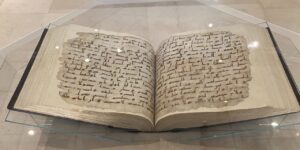
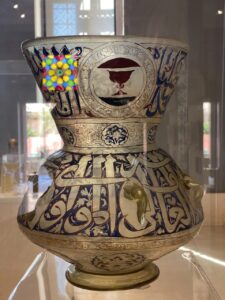
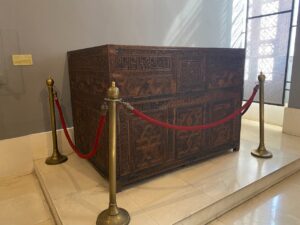
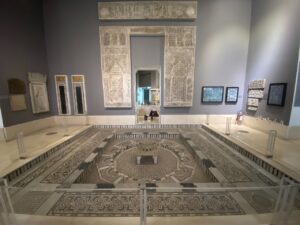
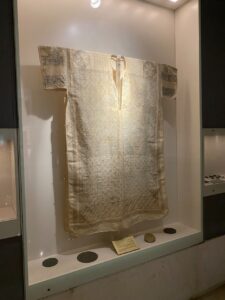



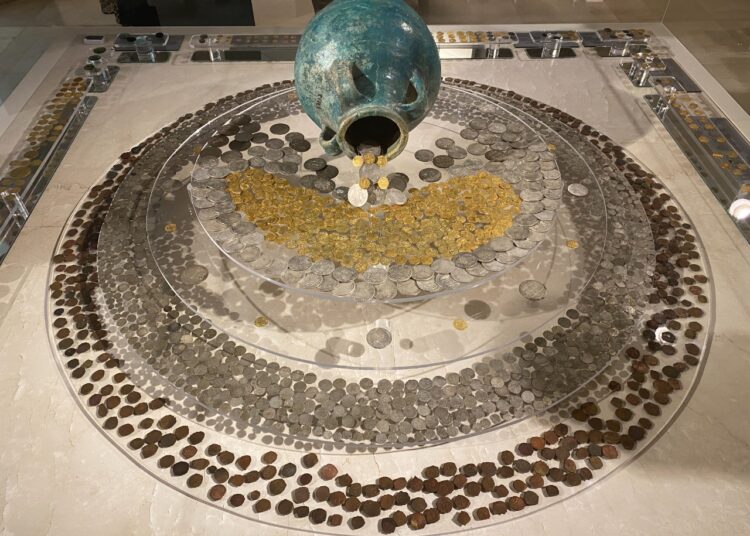
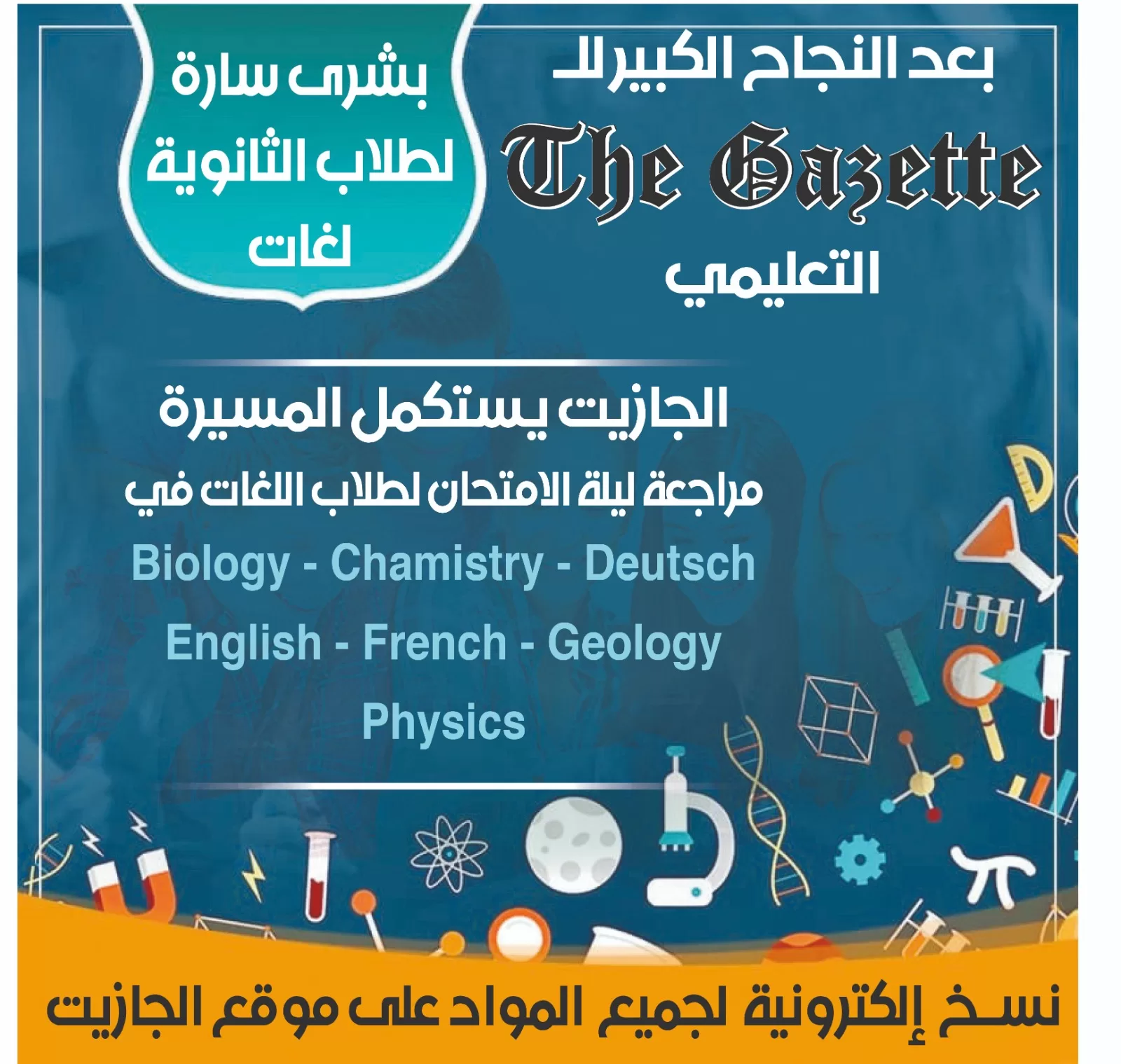

Discussion about this post